Is Your Bedroom Secretly Stressing You Out? Here’s How to Fix It
For years, I’ve walked into people’s homes and felt it almost immediately—that subtle, off-key energy that messes with everything. As someone who works with home energy, or what some call Qi, I can tell you the trail almost always leads back to the bedroom. This isn’t an accident. Your bedroom is ground zero for your well-being. It’s where you’re supposed to rest, recharge, and hit the reset button on your life.
In this article
- First Things First: Understanding the Vibe of Your Room
- The Command Position: Where Your Bed Absolutely MUST Go
- Time to Declutter: Kicking Out the Energy Vampires
- Feeling Overwhelmed? Start With This 5-Minute Fix
- Inviting Calm: Your Sanctuary Starter Kit
- Your Bedroom Sanctuary Checklist
- Inspirational Gallery
If the vibe in your bedroom is off, it can ripple out and affect your sleep, your mood, and even your relationships. I can’t tell you how many people I’ve met who complain about constant anxiety, feeling stuck, or just being tired all the time. And honestly? The fix often starts by just moving their bed.
This isn’t about superstition. It’s an age-old practice based on a simple observation: our environment affects us. Think of it like this: a room can either feel like a warm hug or a busy intersection. We’re just trying to make your bedroom feel like a hug—a calm, quiet, and restorative space. Too often, our modern bedrooms are full of “go-go-go” energy when what we really need is “slow-and-stop” energy. Let’s walk through the exact steps I use to turn a bedroom from a place of stress into a true sanctuary.
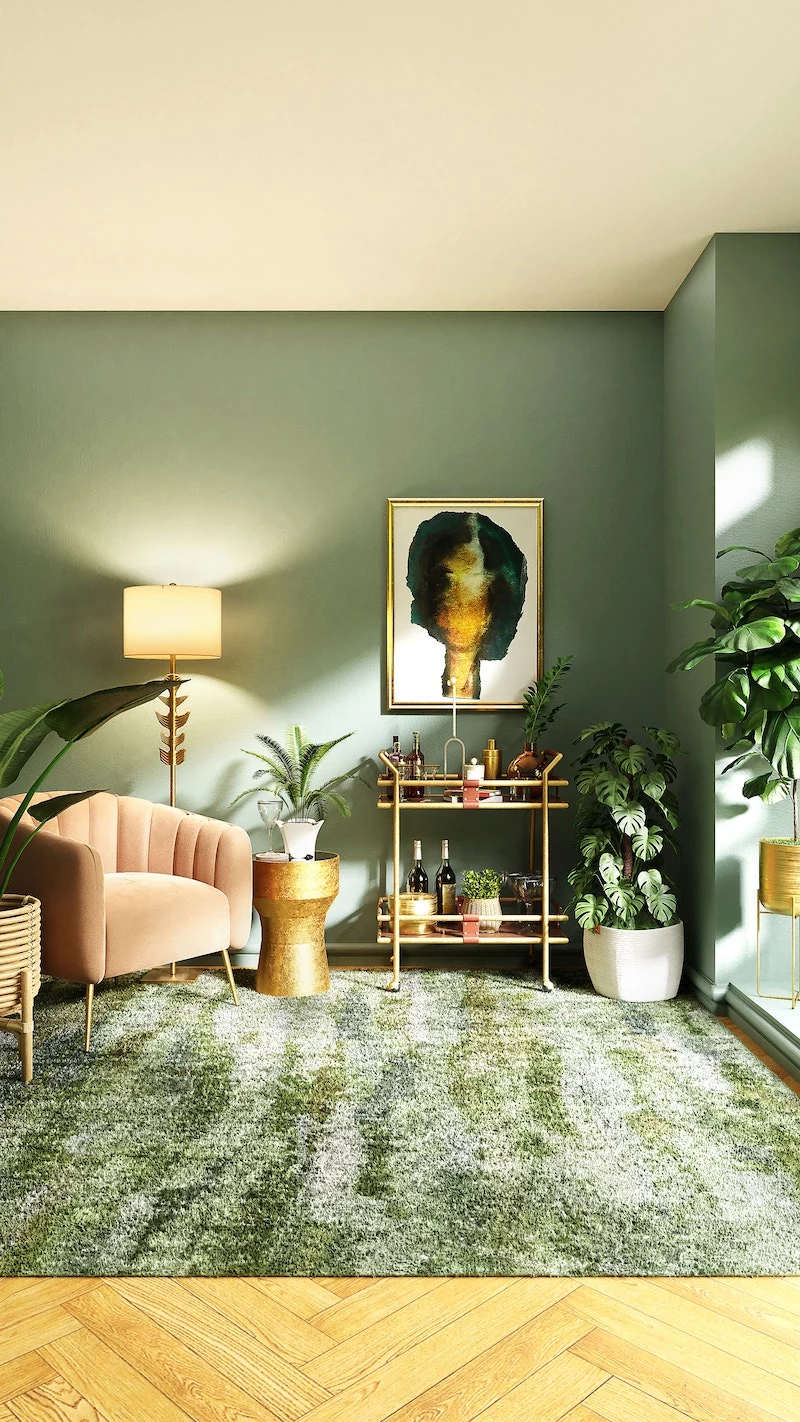
First Things First: Understanding the Vibe of Your Room
Before we start tossing things out, you need to get why. We’re working with the life force energy of the space, the Qi. It’s in the sunlight, the air, and you. And the quality of the energy in your room directly impacts the energy in your body.
It breaks down into two main types of “vibes”:
- Active Energy (Yang): This is the bright, loud, busy energy you need for work and life. Think of a bustling kitchen or a sunny home office. It’s great, but not for sleeping.
- Restful Energy (Yin): This is the quiet, dark, calm energy you need for rest and healing. Think of a peaceful library at dusk or the feeling of a soft blanket.
Your bedroom should be the most restful, Yin room in your whole house. When it’s full of active stuff—like your laptop, treadmill, or a pile of bills—your body gets mixed signals. It can’t fully power down, and that creates a slow, constant drain on your energy. Our whole goal here is to dial down the active energy and crank up the restful vibes.
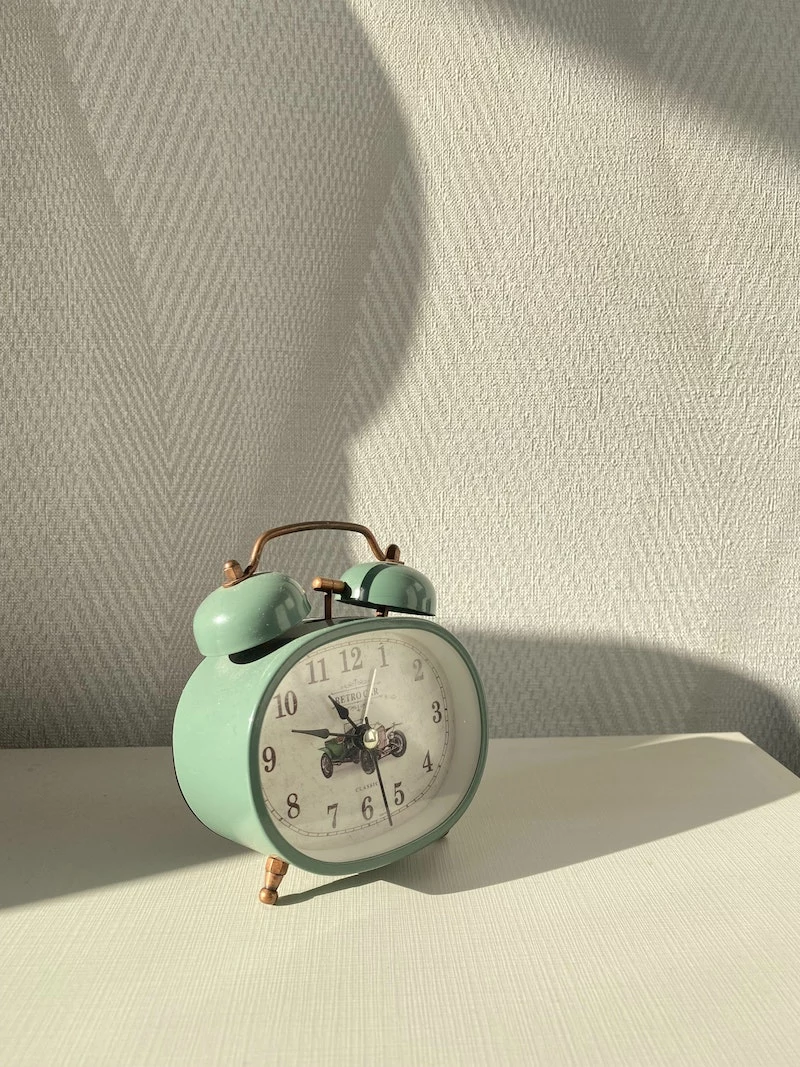
The Command Position: Where Your Bed Absolutely MUST Go
Okay, this is the big one. The single most important change you can make is where you put your bed. I’ve seen this one move alone give people the best sleep they’ve had in years. Your bed needs to be in what’s called the “Command Position.”
Basically, this means that when you’re lying in bed, you should be able to see the door to your room without being directly in line with it. It’s a primal thing. Your brain needs to know you’re safe and can see anyone coming. If you can’t, your nervous system stays on a low-grade alert all night long. No deep sleep for you.
Here’s the ideal setup:
- A solid wall behind you. Your bed should be against a solid wall, not floating in the middle of the room. Oh, and a solid headboard is a must-have, too! It provides that extra sense of security and stability. A bed without a headboard can feel ungrounded.
- Diagonal to the door. This usually gives you the best, widest view of the room’s entrance without being in the direct path of energy flowing in and out.
- Feet not pointing out the door. In traditional design principles, this is called the “coffin position” for a reason—it’s considered very draining as your energy flows right out the door while you sleep.

But What If My Room is Awkward?
Let’s be real, most of us don’t have perfectly square rooms. What if your only option is putting the bed under a window or having your feet point at the door? Don’t panic, you have options.
If your feet MUST point toward the door: Place a solid piece of furniture at the foot of your bed. A nice upholstered bench, a trunk, or a low chest of drawers works perfectly. This creates a buffer that slows down the energy, protecting you. It acts like a footboard for your energy.
If you MUST place the bed under a window: This is less than ideal because energy can feel unstable behind you. The fix? Get a very solid, tall headboard to create a sense of a “wall.” And, invest in some good, heavy blackout curtains. Keep them closed at night to create a solid, secure feeling. You can find decent ones online or at stores like Target for around $40-$80 a pair.
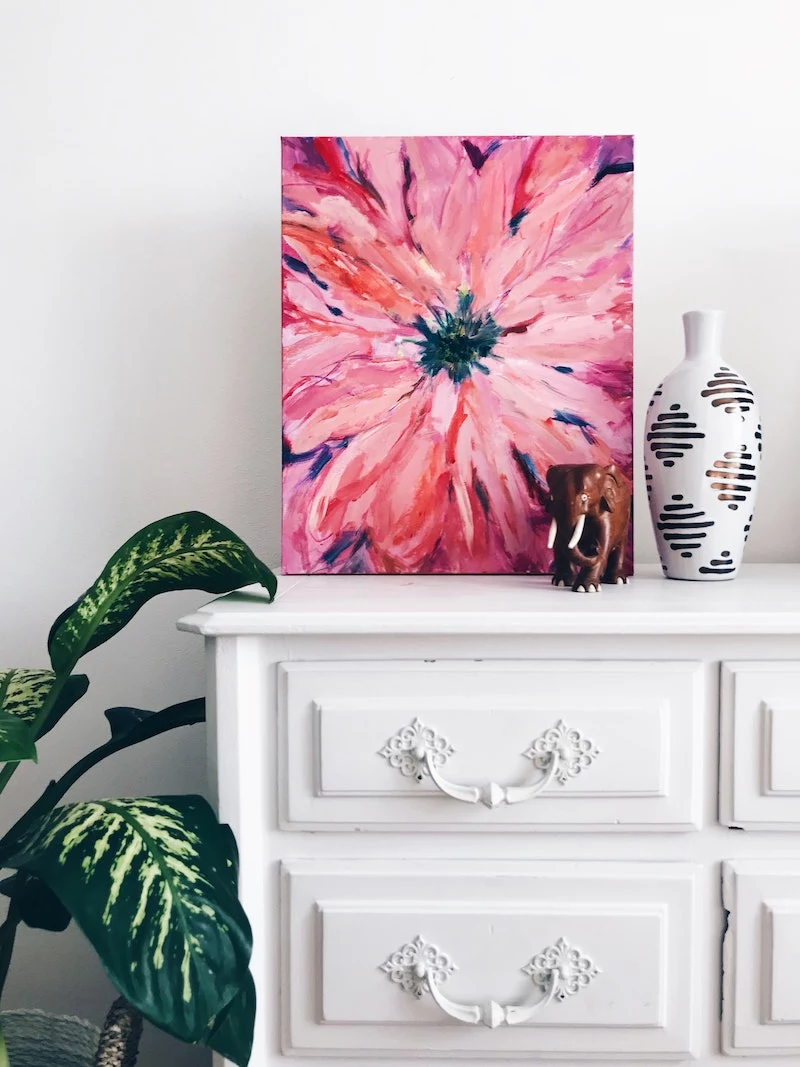
Time to Declutter: Kicking Out the Energy Vampires
Once your bed is in the right spot, it’s time to play bouncer and kick out anything that doesn’t belong in a space for sleep and intimacy.
1. Electronics: The Hum of Modern Anxiety
Your TV, computer, and even your phone are buzzing with low-level stress. All active electronics give off electromagnetic fields (EMFs), which can disrupt the brain’s sleep cycles. Beyond the science, they’re a mental disruption. Seeing your phone means thinking about work emails, news alerts, and social media. It’s the opposite of peace.
The Fixes:
- No TV in the bedroom. Ever. I’m firm on this. It’s an energy-sucking black hole that invites the stress of the outside world into your sanctuary. What if your partner insists? This is a common hurdle. It’s time for a loving negotiation. Explain that it’s not about control, but about creating a peaceful shared space. Suggest a trial period: “Let’s try it for two weeks and see if we both sleep better.” Often, the results speak for themselves.
- Charge your phone elsewhere. The kitchen is great for this. Buy a simple, battery-powered analog alarm clock. You can get a nice one for $15-$30. By the way, putting it across the room forces you to actually get out of bed to turn it off. Win-win.
- If you absolutely must use your phone as an alarm, put it in airplane mode (to cut the EMFs) and place it as far from your bed as possible.
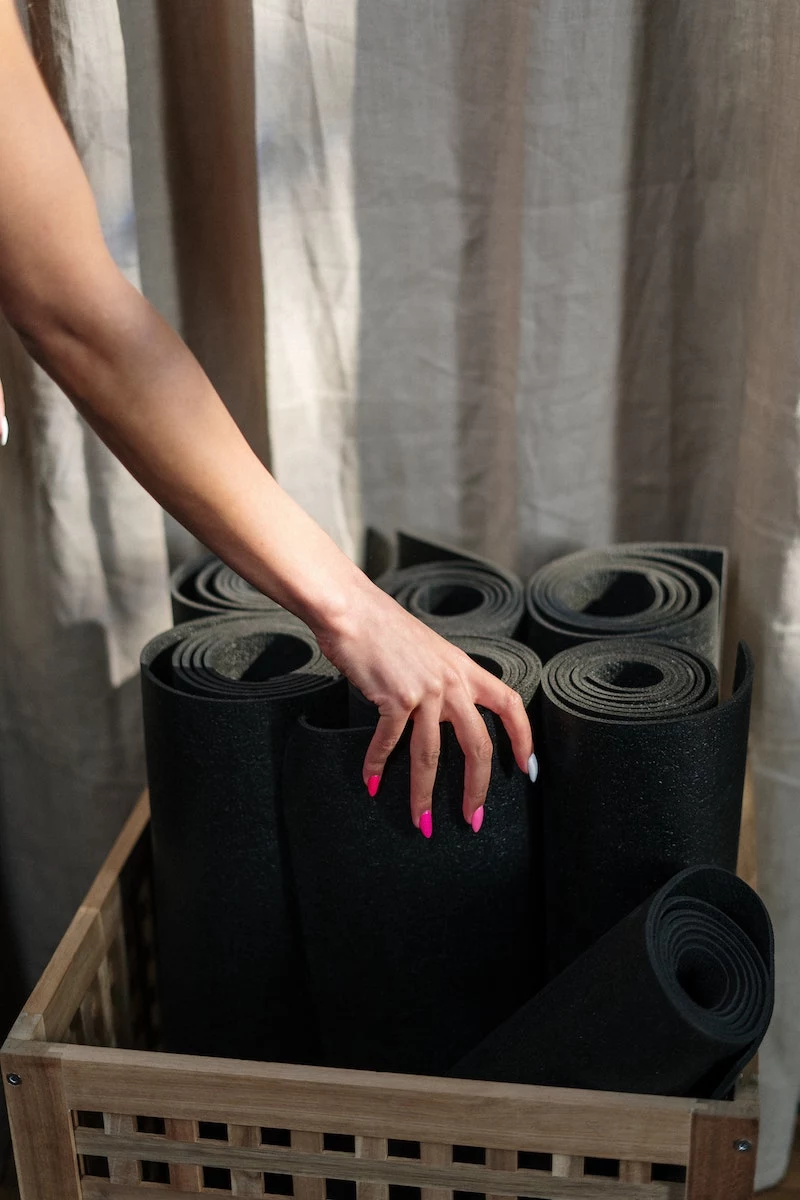
2. Work & Exercise Gear: The Ghosts of Your To-Do List
Your desk and treadmill are pure active energy. They scream “stress” and “guilt.” Seeing them from your bed keeps your mind whirring with tasks and responsibilities, which is a recipe for restless nights.
I once worked with a writer in a tiny apartment who had to have his desk in his bedroom. We couldn’t move it. So, we got a beautiful, heavy cloth. Every night, he’d perform a little ritual of shutting down his computer and draping the cloth over the entire desk. That simple act signaled to his brain that the workday was over. His sleep, and his writing, improved dramatically.
The Fixes:
- Move it out. This is the best solution. Find another corner in your home.
- If you can’t, hide it. A beautiful folding screen is a fantastic investment. They can cost anywhere from $60 to $200, but they create a clear visual boundary. A cheaper DIY option? A simple tension rod and a nice curtain can section off a work nook for under $30.
- Cover it up. Like the writer, use a dedicated cloth to cover your desk or equipment. Make it a ritual.

3. Mirrors: The Unseen Watchers
Mirrors are energy activators. They bounce light and Qi around a room, which is great for a living room but terrible for a bedroom. A mirror facing your bed can create a subtle sense of being “watched” and can keep the energy in the room too active and unsettled for deep sleep. Plus, waking up in the middle of the night and catching a glimpse of movement in a mirror can be seriously jarring.
The Fixes:
- Relocate the mirror. The best spot is on the inside of a closet door.
- Cover it at night. If you have mirrored closet doors you can’t move, just drape a pretty scarf or piece of fabric over them before bed.
4. Under-the-Bed Clutter: What You’re Sleeping On
You spend a third of your life lying on top of whatever is under your bed. That energy seeps right into your subconscious. I once had a client who couldn’t move on from a breakup. Turns out, she was storing all of her ex’s letters and photos right under her bed. She was literally sleeping on a bed of heartbreak.
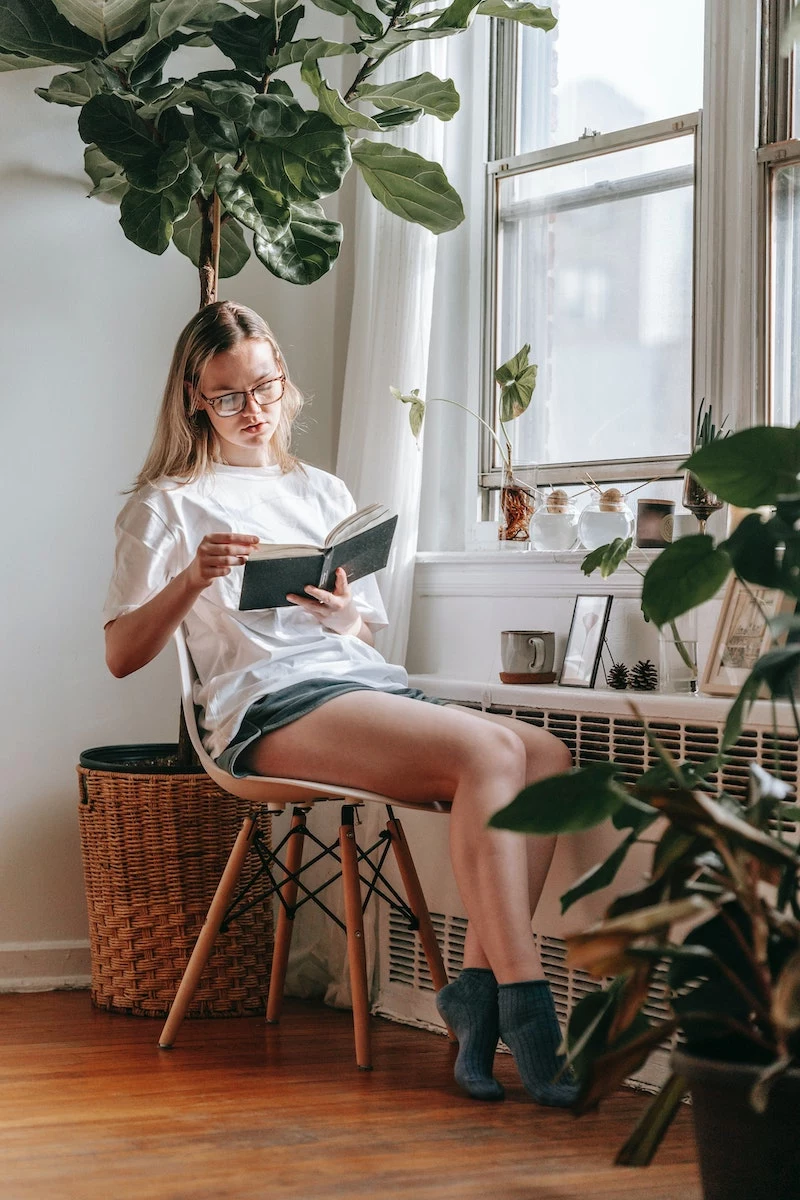
What to NEVER store under the bed:
- Emotional baggage (letters from an ex, old diaries)
- Work stuff
- Shoes (they carry the dirt and energy of the outside world)
- Anything sharp or aggressive
The Fix: Ideally, keep the space under your bed totally clear to allow energy to flow freely. If you must use it for storage, only store soft, sleep-related items like extra linens, blankets, or pillows. And keep them in sealed, organized containers, not just shoved under there.
Feeling Overwhelmed? Start With This 5-Minute Fix
I get it. This can feel like a lot. If you’re not sure where to start, do this ONE thing tonight:
Clear everything off your nightstands. Take it all off. Wipe it down. Then, put back only these three things: a small lamp, the book you’re currently reading, and a glass of water. That’s it. This tiny act of creating order right beside your head makes a surprisingly big difference.
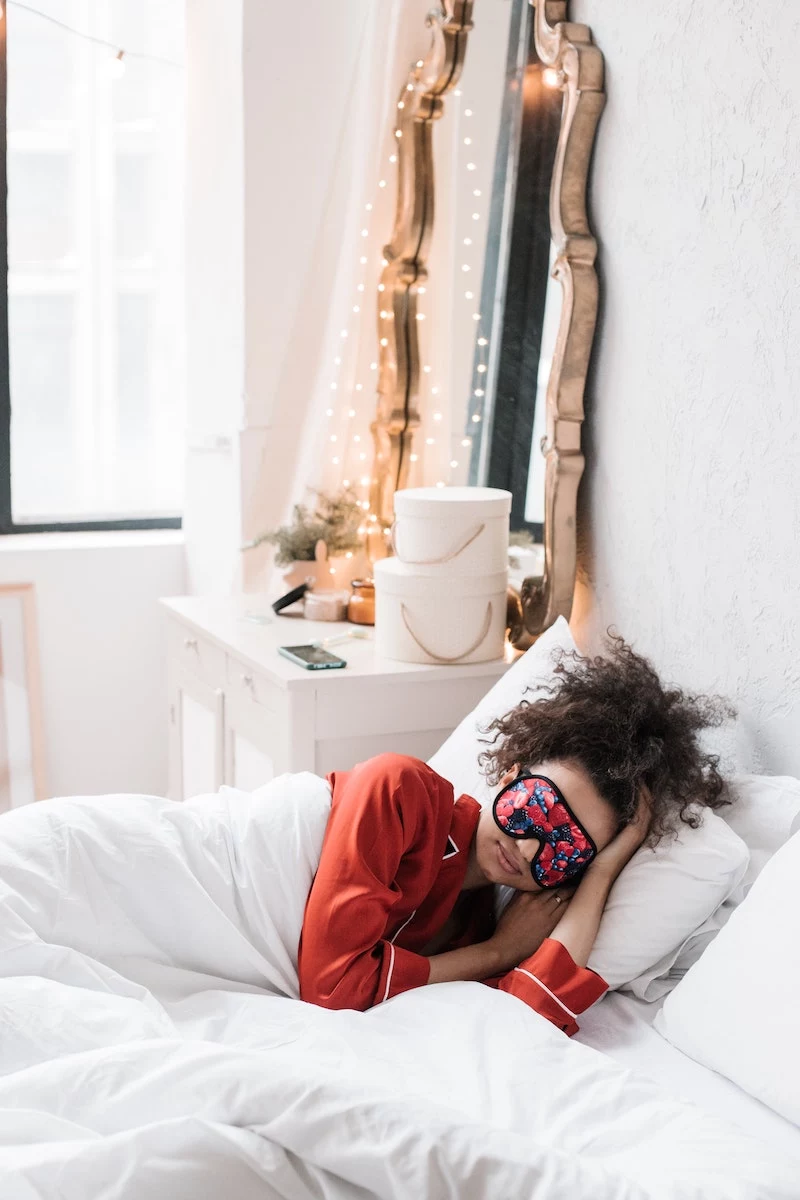
Inviting Calm: Your Sanctuary Starter Kit
Okay, you’ve cleared out the bad stuff. Now for the fun part: inviting in the good stuff. Think of this as your shopping list for a better night’s sleep.
- Soothing Colors: The best colors are those that mimic skin tones. Think a whole range from soft ivory and warm beige to gentle pinks, rich terracotta, and deep cocoa. Avoid bright, jarring reds or yellows.
- Natural Fabrics: Choose bedding made of cotton, linen, or bamboo. They breathe better and feel amazing.
- Layered Lighting: Get dimmer switches! They are a game-changer. For bedside lamps, use warm-toned bulbs (look for 2700K on the box). This mimics candlelight and tells your brain it’s time to wind down.
- An Air Purifier: Good air quality is good energy. A decent HEPA filter air purifier can cost between $80 and $200, but it’s worth it for removing dust and allergens.
- A Low-Maintenance Plant: A Snake Plant or Peace Lily is perfect. They are great at cleaning the air and are pretty hard to kill. One or two is plenty. Expect to pay $15-$30 at a local nursery or Home Depot.
Heads up on safety! If you use any kind of fuel-burning space heater, please, please have a working carbon monoxide detector in the room. It’s not a suggestion; it’s a lifesaver. It’s always safer to warm the room up before bed, and then turn the unit off when you go to sleep.
Your Bedroom Sanctuary Checklist
Ready to take action? Here’s a simple checklist to get you started.
Bed Position: Is my bed against a solid wall with a headboard, diagonally facing the door?
Electronics: Is the TV gone? Is my phone charging across the room?
Work/Exercise: Is all work and fitness equipment out of sight or covered?
Mirrors: Are there any mirrors facing the bed? (If so, cover them tonight!)
Under the Bed: Is it clear of clutter? Or does it only contain soft linens?
Nightstands: Are they clear of everything but the essentials?
Making these changes is about more than just interior design. You’re sending a powerful message that you value your rest, your health, and your peace of mind. I’ve seen it again and again: when you take care of your bedroom, your bedroom takes care of you.
Your challenge this weekend: Tackle the clutter under your bed. Be ruthless! You might be surprised by the emotional baggage you’ve been sleeping on.
Inspirational Gallery
Your nightstand is not a storage unit: It’s the last surface you see before sleep and the first upon waking. Keep it sacred. Limit it to three essential items: a soft-light lamp, a book that calms you, and perhaps a small glass of water. Anything else—phones, work papers, clutter—is active ‘Yang’ energy that disrupts your peace.
Do mirrors in the bedroom really cause bad sleep?
According to Feng Shui principles, yes, especially if they reflect the bed. A mirror’s reflective surface is said to bounce energy around the room, which can be disruptive to your slumber and can even symbolically ‘invite’ a third party into a relationship. If you can’t move it, the simplest fix is to cover it with a beautiful cloth or scarf at night.
Natural Fibers: Think Belgian linen from brands like Parachute or organic cotton from Boll & Branch. They are breathable, regulate body temperature, and have a ‘grounding’ texture that feels inherently calming.
Synthetic Fibers: Polyester or microfiber sheets often trap heat and can hold a static charge, which is considered disruptive energy. While budget-friendly, they lack the ‘Yin’ quality of natural materials. For true rest, the switch to natural bedding makes a tangible difference.
A study from Wesleyan University found that participants who sniffed lavender essential oil before bed slept more soundly and felt more vigorous in the morning.
This isn’t just about a pleasant smell. Scent is a direct pathway to the brain’s emotional center. Incorporate this by using a high-quality ultrasonic diffuser, like a Vitruvi Stone Diffuser, with pure lavender or chamomile oil an hour before sleep. It’s a powerful signal to your body and mind that it’s time to unwind.
The colors on your walls are constantly sending signals to your subconscious. For a truly restful ‘Yin’ environment, embrace ‘skin-tone’ and earthy palettes that feel nurturing.
- Warm Neutrals: Think of colors that feel like a hug. Benjamin Moore’s ‘Balboa Mist’ or Farrow & Ball’s ‘Elephant’s Breath’ are soft, enveloping, and incredibly serene.
- Soft Blues & Greens: These colors mimic nature, promoting tranquility. Try Sherwin-Williams’ ‘Sea Salt’ for a subtle, spa-like feel that calms the nervous system.
In Feng Shui, a solid headboard is non-negotiable. It represents stability and support in your life, especially in your relationships.
It acts as an anchor, creating a sense of security while you rest. For maximum effect, choose a solid wood or upholstered headboard and ensure it’s placed firmly against a solid wall—never under a window, which can create a feeling of vulnerability.
Embrace biophilic design by bringing nature’s calming influence indoors. This goes beyond a single plant. Think natural textures like a jute rug, a wooden bench at the foot of the bed, or even a small tabletop fountain for gentle sound. The goal is to create a subtle, multisensory connection to the natural world, which inherently reduces stress and quiets the ‘go-go-go’ energy the article mentions.
- A dedicated space for calm reflection.
- A visual anchor that grounds your intention for rest.
- A reminder to take a moment for yourself before sleep.
The secret? Create a small ‘serenity corner.’ It doesn’t need to be large. A comfortable armchair, a soft sheepskin rug, a single candle, and a journal can transform an unused corner into a powerful spot for meditation or quiet reading, reinforcing the room’s purpose as a sanctuary.
What’s under your bed matters just as much as what’s on it. Storing items there, especially things with emotional baggage like old letters, stressful work files, or even shoes you’ve worn out in the world, can create stagnant, heavy energy right beneath you. For the best Qi flow, keep the space under your bed completely clear. If you must use it for storage, limit it to soft, sleep-related items like spare blankets and pillows in natural fabric bags.
Create a ‘digital sunset’ to signal to your body it’s time for rest. This means lowering the active ‘Yang’ energy from your electronics.
- Unplug your Wi-Fi router at night or place it far from the bedroom.
- Switch your phone to airplane mode an hour before bed.
- Avoid charging devices on your nightstand; create a ‘charging station’ in another room.










